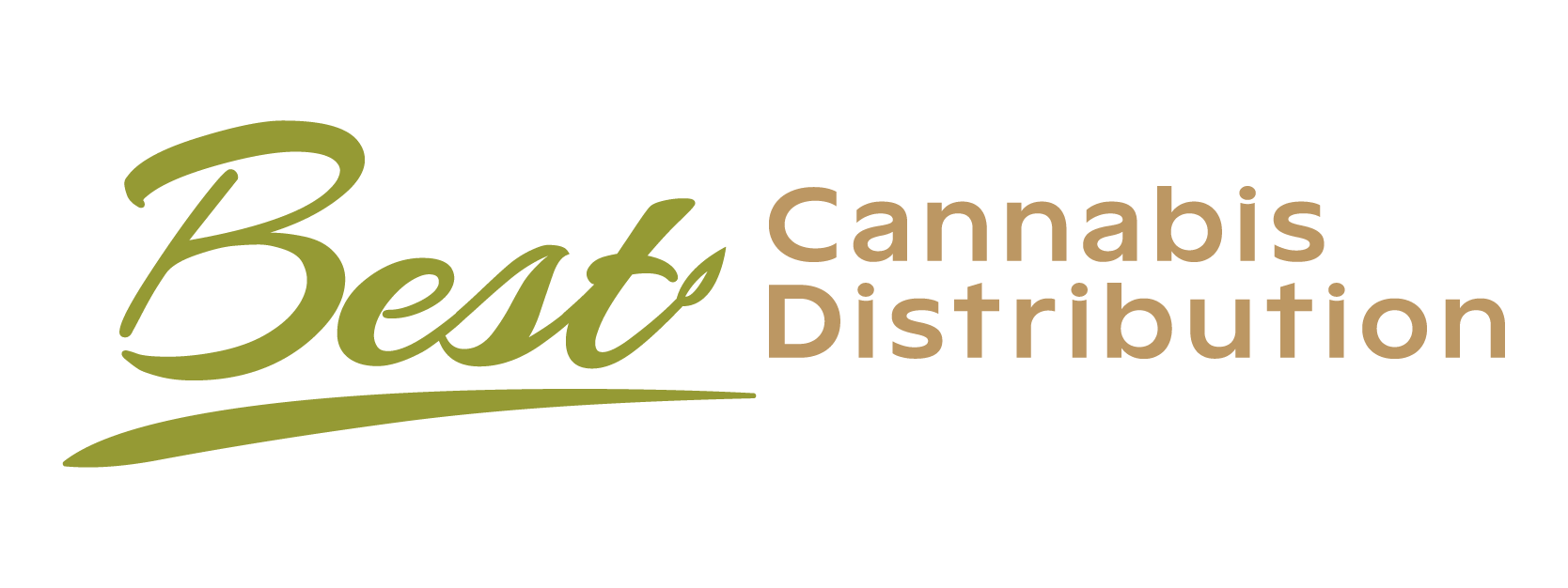To stay competitive in a maturing marketplace, cannabis brands are adopting white label and private label strategies to broaden product selections and strengthen their market positioning. Each model offers distinct advantages depending on a company’s stage of growth, available resources, and long-term goals. Understanding these differences is key to making the right strategic choice.
White Label: Fast Market Entry with Low Overhead
White labeling allows cannabis companies to place their branding on standardized products produced by third-party manufacturers. This model appeals to newer companies or those testing new product categories without committing extensive resources.
Key Advantages:
- Lower Startup Costs: White labeling requires minimal investment in R&D, formulation, and infrastructure, significantly reducing the financial barrier to entry.
- Speed to Market: Because the product already exists, brands can launch quickly to capitalize on seasonal or emerging consumer trends.
- Scalability and Support: Manufacturers typically offer packaging, compliance, and logistics support, allowing brands to focus on marketing and distribution.
Common Challenges:
- Limited Differentiation: Since multiple brands may be using the same product formulation, white-labeled offerings can struggle to stand out.
- Less Control Over Quality: Brands are reliant on their manufacturer’s consistency and standards, which can affect reputation if not managed closely.
This strategy works well for dispensaries, delivery services, and lifestyle brands looking to quickly diversify their offerings with pre-formulated edibles, vapes, tinctures, or pre-rolls under a single, recognizable brand.
Private Label: Customization for Long-Term Brand Equity
Private labeling, by contrast, involves working with manufacturers to develop exclusive, customized products unique to a particular brand. This strategy is common among more established cannabis businesses looking to build customer loyalty and offer something that no one else does.
Key Advantages:
- Unique Product Identity: Companies have full control over flavor profiles, cannabinoid ratios, packaging, and brand messaging, resulting in a distinct market presence.
- Greater Customer Loyalty: Custom formulations build deeper emotional connections with consumers, encouraging repeat business.
- Premium Positioning: Because these products are exclusive, companies can justify higher price points, increasing potential profit margins.
Key Challenges:
- Higher Upfront Costs: Product development, compliance testing, and packaging design require a larger financial and time investment.
- Longer Lead Times: The development cycle is longer compared to white label products, delaying entry to market.
Private label strategies are often embraced by vertically integrated operators, multi-state operators (MSOs), or well-funded entrepreneurs seeking to own their product pipeline from seed to sale.
Which Strategy is Better?
There’s no definitive winner—rather, the better strategy depends on a brand’s goals.
- White label is ideal for companies looking to move fast, test new products with minimal risk, or fill shelf space without overextending their resources.
- Private label is best suited for those aiming to create lasting brand equity, differentiate from competitors, and cater to specific consumer niches with premium products.
Some companies find success by starting with white label to quickly gain traction and market feedback, then investing in private label once they have established a strong customer base. This hybrid approach allows brands to balance short-term momentum with long-term differentiation.
In today’s competitive cannabis landscape, both strategies offer viable paths—what matters most is selecting the right approach that aligns with your operational capacity, financial resources, and brand vision.

